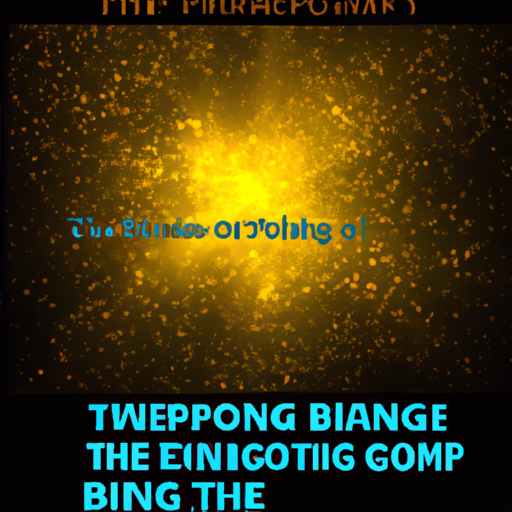You’ve always been fascinated by the mysteries of the universe, and now, you have a chance to dive into one of its greatest enigmas – the Big Bang Theory. In this captivating article, we will unravel the secrets behind the birth of the universe, from the unimaginable explosion of energy to the formation of galaxies and stars. Get ready to embark on a mind-bending journey through time and space as we explore the origins of our vast and awe-inspiring universe. Get ready to have your mind blown!
The Big Bang Theory
Definition
The Big Bang Theory is a scientific explanation for the origins of the universe. It proposes that the universe began as an incredibly hot and dense singularity, and has been expanding ever since. This theory is supported by a wide range of observational evidence and has become the prevailing explanation for the birth of the universe among scientists.
Historical Background
In the early 20th century, scientists began to question the prevailing belief that the universe was static and unchanging. Astronomer Edwin Hubble’s discovery of the expansion of the universe in the late 1920s provided compelling evidence that the universe was not fixed, but rather was in a state of motion.
Origins of the Universe
Cosmological Principle
The Cosmological Principle is a fundamental concept in the Big Bang Theory. It states that the universe is homogeneous and isotropic on a large scale, meaning that the distribution of matter and energy is the same in all directions and in all locations throughout the universe. This principle provides the foundation for our understanding of the universe as a whole.
Expansion of the Universe
The expansion of the universe is a key component of the Big Bang Theory. In the early stages of the universe, all matter and energy were concentrated in an incredibly small and dense point called a singularity. From this singularity, the universe began to rapidly expand and cool. As the universe expanded, matter and energy became less densely packed, leading to the formation of galaxies, stars, and ultimately, planets.
Observational Evidence
There is abundant observational evidence to support the Big Bang Theory. One of the most compelling pieces of evidence is the observation of cosmic microwave background radiation (CMB). This radiation is residual energy from the early stages of the universe and provides strong evidence for the expansion and cooling of the universe.
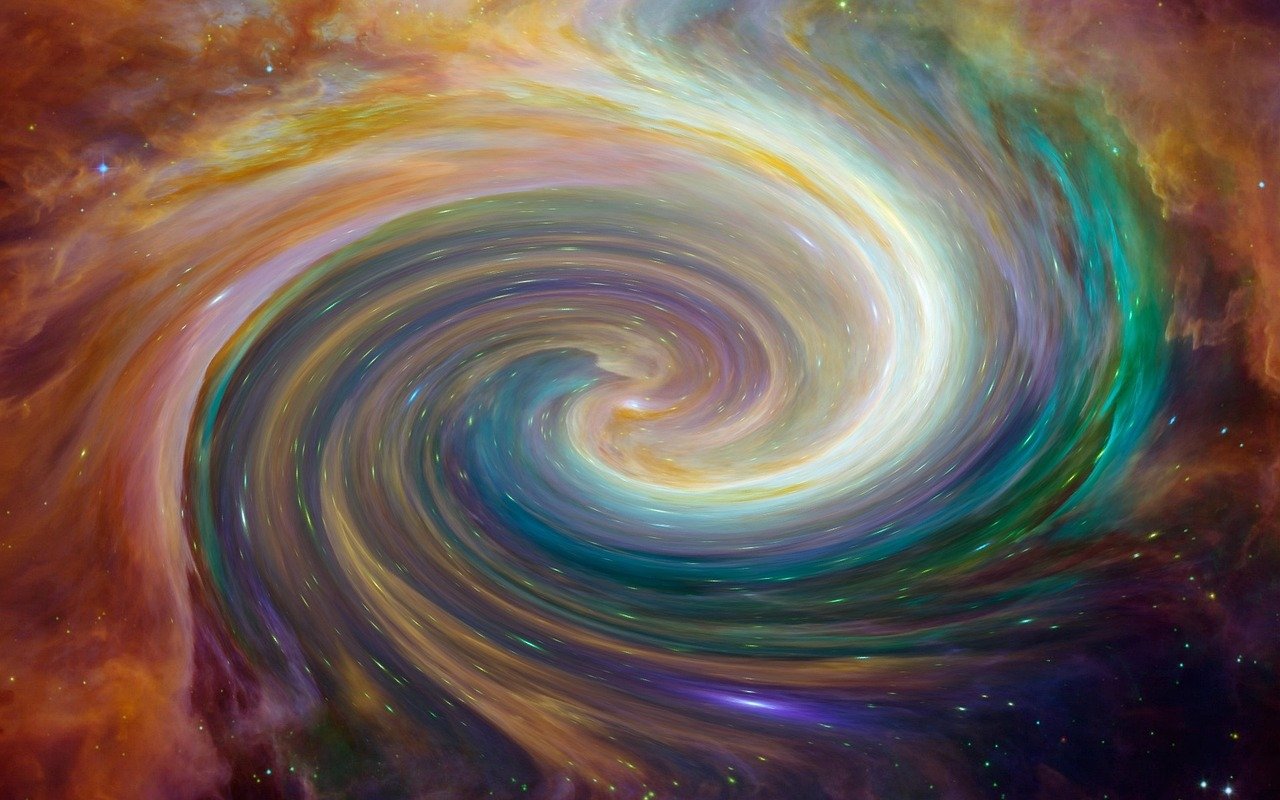
Singularity and Inflation
The Singularity
The singularity is the point at which the universe began according to the Big Bang Theory. It is a state of extreme temperature and density, where the laws of physics as we understand them break down. The singularity is believed to have given rise to the rapid expansion and subsequent evolution of the universe.
Inflation Theory
Inflation theory is a concept that addresses some of the unanswered questions and inconsistencies in the Big Bang Theory. It proposes that the universe underwent a brief period of extremely rapid expansion in the moments after the initial singularity. This rapid expansion helps to explain the large-scale structure and uniformity of the universe that we observe today.
Supporting Evidence
While inflation theory is still an area of active research and debate, there is evidence to support its validity. One piece of evidence is the observed uniformity of the cosmic microwave background radiation across the entire sky. This uniformity suggests that the universe underwent a period of rapid expansion, as predicted by inflation theory.
Formation of Basic Particles
Nucleosynthesis
Nucleosynthesis is the process by which the basic building blocks of matter, such as protons and neutrons, were formed in the early stages of the universe. This process occurred shortly after the singularity and is responsible for the creation of the elements that make up our universe today.
Proton-Proton Chain
The proton-proton chain is a nuclear reaction that takes place in the cores of stars, including our own Sun. It is one of the primary processes through which hydrogen atoms are converted into helium, releasing enormous amounts of energy in the process.
Deuterium Burning
Deuterium burning is another nuclear reaction that occurs in the early stages of a star’s life. It involves the fusion of deuterium, a heavy isotope of hydrogen, to form helium. This process plays a crucial role in the formation of stars and the subsequent production of heavier elements.
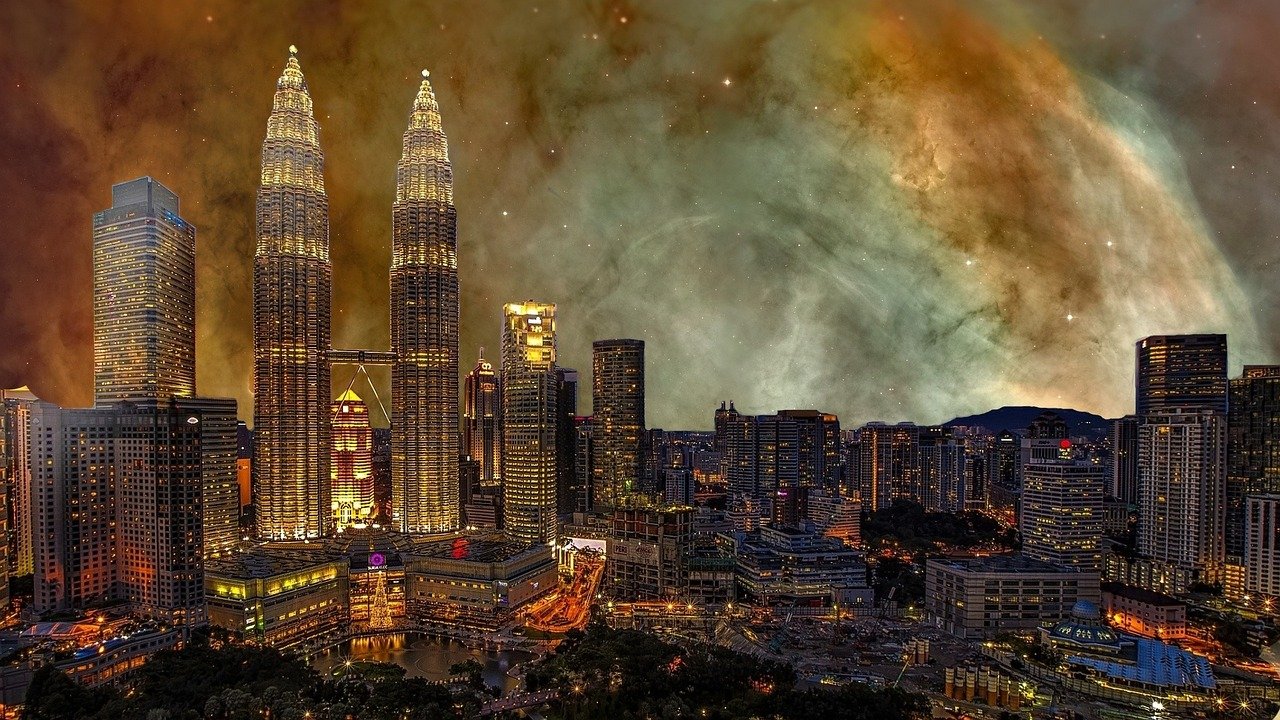
Recombination and the Cosmic Microwave Background
Formation of Atoms
Recombination refers to the process by which free electrons and protons combined to form neutral atoms. In the early stages of the universe, the high temperatures prevented the formation of stable atoms. However, as the universe expanded and cooled, the conditions became favorable for recombination to occur, leading to the formation of stable elements.
Radiation Emission
During recombination, the release of photons occurred as the electrons transitioned from higher energy states to lower energy states within atoms. These photons make up the cosmic microwave background radiation that we observe today.
Discovery of CMB
The discovery of the cosmic microwave background radiation in 1965 by Arno Penzias and Robert Wilson was a significant breakthrough in our understanding of the Big Bang Theory. This radiation provided direct evidence for the early stages of the universe and supported the concept of recombination.
Cosmic Dark Ages and Galaxy Formation
The Dark Ages
The dark ages refer to a period in the history of the universe where there were no sources of light. Following the recombination era, the universe was filled with neutral hydrogen and helium, and the lack of photons led to a dark and opaque universe.
Birth of Stars and Galaxies
As the dark ages came to an end, the formation of the first stars and galaxies marked a significant milestone in the evolution of the universe. Gravity played a crucial role in pulling together matter to form these structures, eventually leading to the diverse and complex universe we see today.
Observational Clues
Observations of distant galaxies and their redshifts have provided evidence for the formation of stars and galaxies during the cosmic dark ages. Furthermore, the presence of supermassive black holes at the centers of galaxies suggests that these structures have been evolving and growing over billions of years.
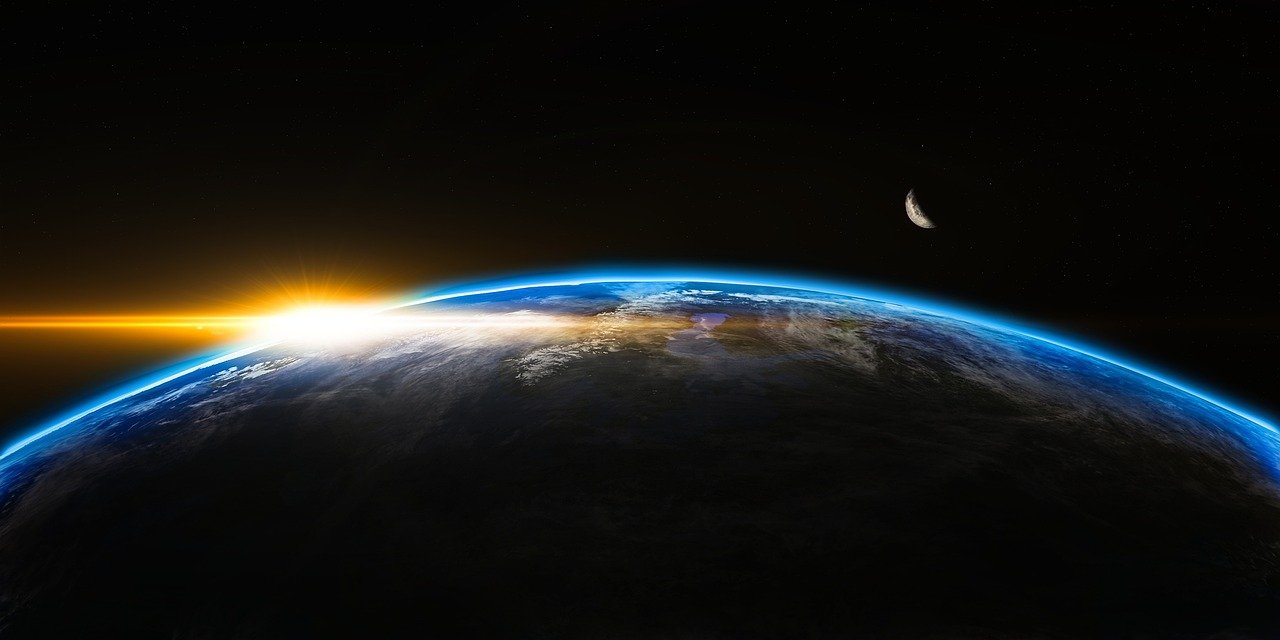
Structure Formation
Gravitational Instability
Gravitational instability is the process by which small perturbations in the density of matter in the universe grow over time, eventually leading to the formation of structures such as galaxies and clusters of galaxies. Gravity acts as a driving force, causing matter to clump together under its influence.
Formation of Clusters and Filaments
As matter condenses through gravitational instability, it forms larger structures known as clusters and filaments. These structures are interconnected and span vast distances in the universe, giving rise to the large-scale web-like structure that we observe today.
Role of Dark Matter
Dark matter is a mysterious form of matter that does not interact with light or other forms of electromagnetic radiation, making it invisible to traditional observational techniques. However, its presence can be inferred through its gravitational influence on visible matter. Dark matter is believed to play a significant role in the formation of structures by providing the additional mass necessary for gravity to act on.
Formation of the Milky Way
Collapsing Nebula
The Milky Way, our home galaxy, is believed to have formed from the collapse of a large, rotating cloud of gas and dust known as a nebula. As the cloud contracted under gravity, it began to collapse inward, leading to the formation of a dense core.
Protostellar Disk
As the dense core continued to collapse, it formed a protostellar disk—a flattened, rotating structure of gas and dust. Within this disk, material began to accrete onto a central region, eventually forming a star.
Star Formation
The protostellar disk serves as the birthplace of stars. Through gravitational collapse and fusion reactions, the central region within the disk ignites and becomes a star. The remaining material in the disk can go on to form planets, asteroids, and other objects within the newly formed star system.
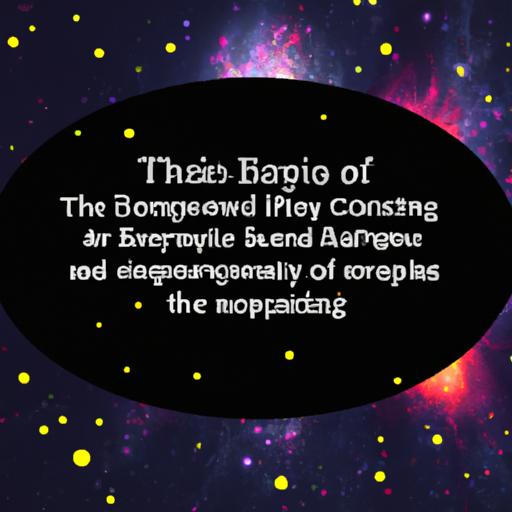
The Fate of the Universe
Expansion vs. Contraction
The ultimate fate of the universe depends on the balance between the expansion caused by the initial Big Bang and the effect of gravity, which tends to draw matter together. If the expansion continues to dominate, the universe will continue to expand indefinitely. If gravity overcomes the expansion, the universe will eventually start to contract.
Dark Energy
Dark energy is a hypothetical form of energy that is thought to permeate all of space and drive the current accelerating expansion of the universe. It acts as a repulsive force, counteracting the effects of gravity and causing the expansion to accelerate.
Big Freeze or Big Rip?
Two potential scenarios for the future of the universe are the Big Freeze and the Big Rip. In the Big Freeze scenario, the expansion continues, causing the universe to cool and become increasingly sparse. Eventually, all stars and galaxies will cease to exist, and the universe will reach a state of maximum entropy. In the Big Rip scenario, the expansion becomes so rapid that it tears apart galaxies, stars, and even fundamental particles.
Alternative Theories
Steady State Theory
The Steady State Theory is an alternative to the Big Bang Theory that posits that the universe has always existed and is in a state of continuous creation. According to this theory, new matter is continually being created to maintain a constant density as the universe expands.
Ekpyrotic Universe
The Ekpyrotic Universe is another alternative theory that suggests the universe was formed from a collision between two branes in a higher-dimensional space. This collision created a big “bang” and led to the expansion and formation of our universe as we know it.
String Theory
String Theory is a theoretical framework that attempts to unify quantum mechanics and general relativity. It suggests that fundamental particles are not point-like objects but rather tiny vibrating strings. While not a direct alternative to the Big Bang Theory, String Theory has the potential to provide a deeper understanding of the origins of the universe.
In conclusion, the Big Bang Theory provides a comprehensive explanation for the origins and evolution of the universe. From the initial singularity to the formation of galaxies and stars, this theory is supported by a wealth of observational evidence and has become the leading scientific explanation for the birth of the universe. While alternative theories exist, the Big Bang Theory remains the most widely accepted and supported explanation for the origin of our vast and intricate universe.
